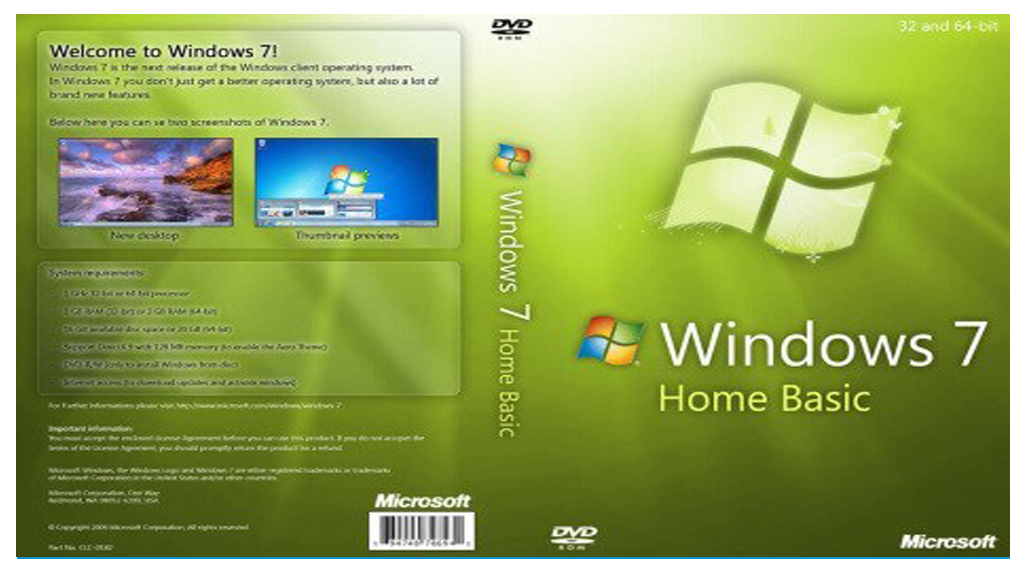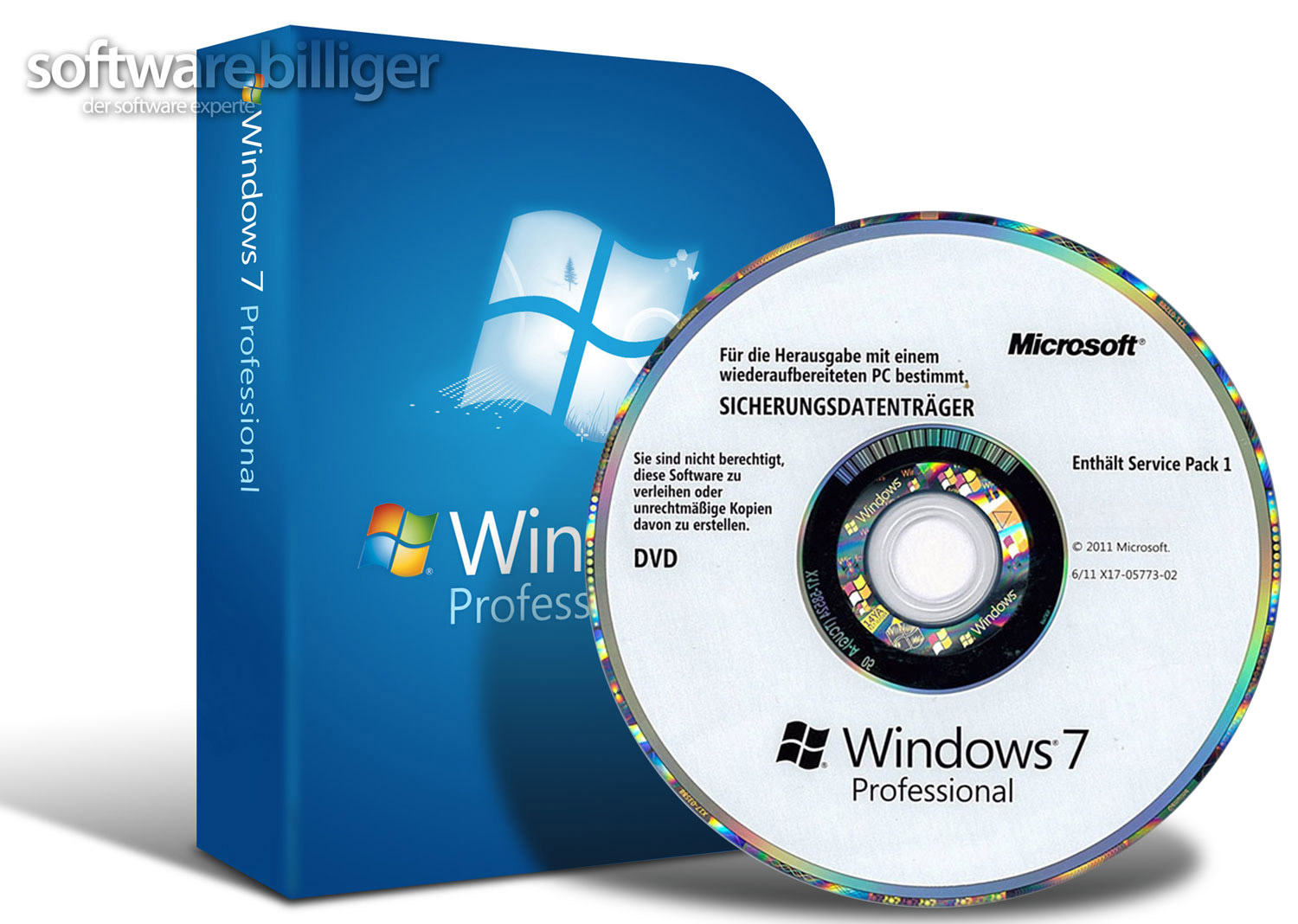
You can create a bootable USB drive as well as a DVD. Create Bootable Windows 7 USB DriveĬreating a bootable device out of an ISO image is relatively easy. Once downloaded, you can then use these images to perform a clean Windows 7 installation. Windows 7 Direct Download Links Windows 7 Home Premiumĭownload Windows 7 Home Premium 64-bit ISO (5.7 GiB, 286 hits)ĭownload Windows 7 Home Premium 32-bit ISO (3.8 GiB, 207 hits) Windows 7 Professionalĭownload Windows 7 Professional 64-bit ISO (5.5 GiB, 264 hits)ĭownload Windows 7 Professional 32-bit ISO (3.8 GiB, 218 hits) Windows 7 Ultimateĭownload Windows 7 Ultimate 64-bit ISO (5.5 GiB, 307 hits)ĭownload Windows 7 Ultimate 32-bit ISO (3.7 GiB, 251 hits) You can download these editions using the given methods below. Windows 7 can be downloaded in different editions and is available in both 32-bit and 64-bit architecture: Previously, it could also be downloaded from Microsoft’s download page and some third-party software, but that has been removed since the operating system is no longer supported. Windows 7 can now be downloaded using only one method, which is the direct download links.


But this limits your ability to clean install the operating system. You can also extract the contents of the ISO file and install Windows from extracted files. The ISO file can be burned on a USB drive or a DVD drive to make it bootable. Microsoft makes the ISO files available so that users can download and clean install/update Windows without any problems.Īn ISO is a single file containing all Windows installation media. Windows 7 ISO images are available for everyone to download.

It can be because they are now used to it, or for any other testing purposes. However, even in this day and age, some people still prefer using Windows 7 for their daily tasks. It has since been superseded by Windows 8, 8.1, 10, and Windows 11, and the support for Windows 7 ended in 2020. Windows 7 was first released on 22nd October 2009.


 0 kommentar(er)
0 kommentar(er)
